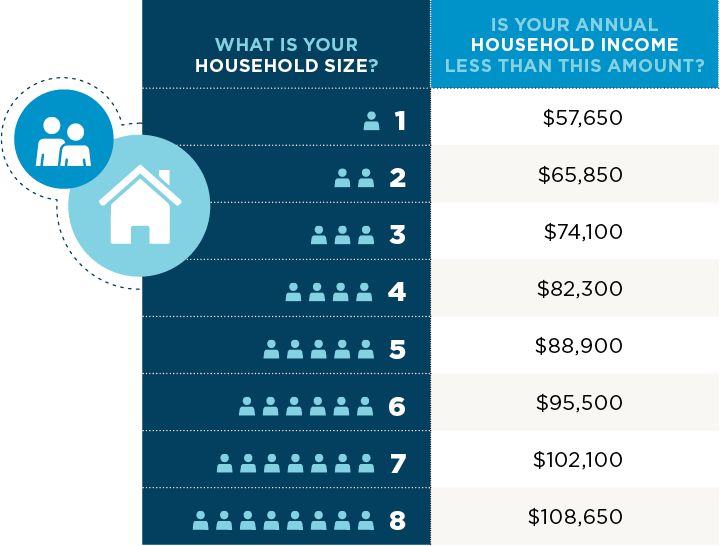RESEARCH LIBRARY
Affordable housing is one part of the many aspects that contribute to a community’s quality of life. INHP has sourced formal research reports that further explore how housing connects to health care, education, economic mobility and more.

AFFORDABLE HOUSING ENHANCES INDIANAPOLIS NEIGHBORHOODS
Through research-based, data-driven partnerships, INHP connects the importance of housing to industries across the city. Watch to learn more.
AVAILABLE HOUSING RESEARCH
A look at the percentage of renters and homeowners in many Indiana counties paying more than 30 percent of their household's pre-tax income for housing.
Our current research evaluates the impact of COVID-19 on evictions and foreclosures in Marion County.
Various trends in single-family homeownership and its rates between race and ethnicity.
In 2021, INHP produced eight research briefs to identify relevant local and national trends affecting the affordable housing market.
These briefings provide an overview of available research demonstrating the relationship between affordable housing and its corresponding quality-of-life topic.
Recent studies show:
- Secure, stable housing is essential for maintaining well-being across dimensions of physical and mental health.
- Investments that create quality housing opportunities and improve neighborhood conditions can promote positive health-related outcomes.
- Cost-burdened families may prioritize housing expenses over health care costs, which can lead to detrimental health outcomes.
Recent studies show:
- A child’s home and neighborhood environment can substantially influence his or her academic potential.
- Children of low-income families with higher levels of housing cost burdens generally perform worse on standardized tests and achieve lower levels of educational attainment than those whose families spend around 30 percent of income on housing.
- Housing opportunities and improved neighborhood conditions can promote academic achievement and educational attainment for families with young children.
Recent studies show:
- Accessing homeownership opportunities continues to be difficult for many low- and moderate-income people.
- A home continues to be the primary source of wealth for low- and moderate-income homeowners, and homeownership may provide extra financial security in retirement.
- Neighborhoods with concentrated poverty have a difficult time moving beyond cycles of distress.
- Housing opportunities and improved neighborhood conditions can yield benefits that promote economic mobility, especially when programs assist families with young children.
Recent studies show:
- Exposure to toxins has been linked to an elevated risk of several adverse health outcomes, including cancer, neurological impairment, developmental delays, asthma and other maladies.
- Research has shown that toxins in the home, such as lead, asbestos, mold and contaminated water, are significant contributors to adverse health outcomes, especially among youth.
- Minority and low-income neighborhoods have higher risks of environmental exposure to toxins, which carry many of the same health risks as household toxins.
Recent studies show:
- Allostatic load is a measure of the cumulative impact that stressful life circumstances have on a person’s mental and physical well-being over the course of their life.
- Researchers have found that elevated allostatic load increases the likelihood of adverse health outcomes.
- Several research studies have identified a connection between distressed neighborhoods and heightened allostatic load among residents.
- The ways that neighborhood distress specifically contribute to elevated allostatic load aren’t clearly understood; researchers are beginning to explore these connections.
Low-Income Housing Tax Credits appeals to a bipartisan audience because it increases the supply of affordable housing while leveraging private investment.
Increasing the supply of affordable housing will require a multi-faceted, long-term, and coordinated effort across all levels of government to address challenging issues such as overcoming regulatory barriers to development, increasing density to increase housing supply, and improving underlying conditions in disadvantaged neighborhoods.
Government involvement in the housing finance system has resulted in much broader access to housing finance for homeowners.
The potential for the US to meet affordable housing goals continues to be strongly influenced by government regulations and governmental institutions.
INHP IN THE COMMUNITY



